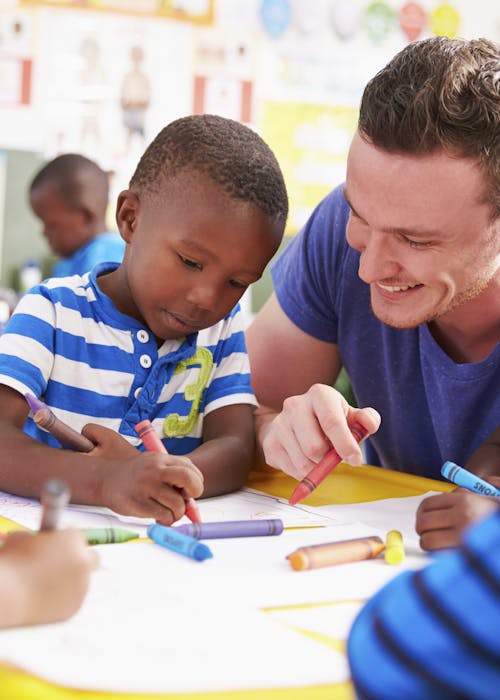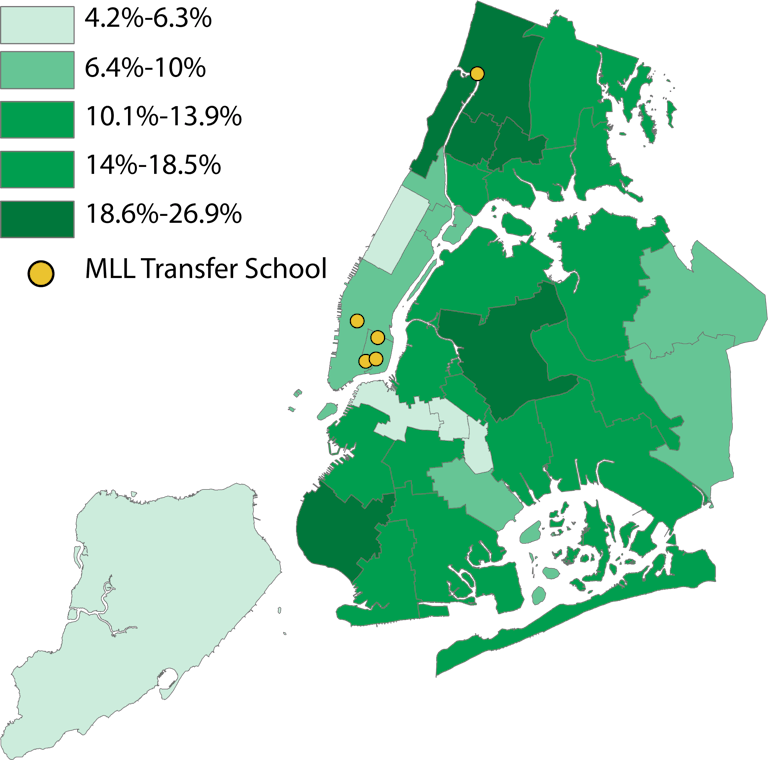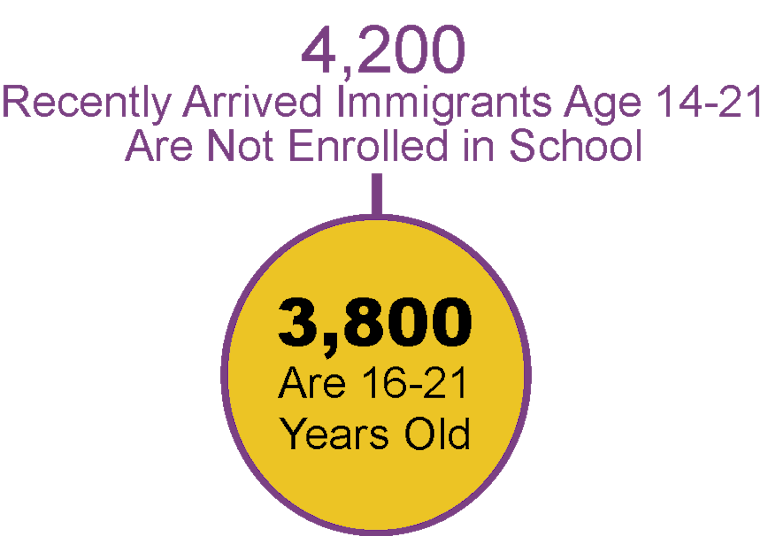

MULTILINGUAL LEARNERS IN NYC SCHOOLS: POOR OUTCOMES WITH UNLIMITED POTENTIAL
Digital Briefs
March 11, 2020
Multilingual Learners (MLLs, also known as English Language Learners or ELLs) make up 13% of all NYC public school students, equal to approximately 149,000 students in the 2019 school year.
To put it another way, if NYC MLLs were their own school district, they would be larger than the entire public school enrollment of Philadelphia. In a city that is over 36% foreign-born, MLLs should be at the core of our mission as the nation’s largest public school district.
To understand the achievements and challenges of MLLs in our schools it helps to first understand some numbers
MLLs have significantly worse graduation rates and dropout rates compared to Non-MLLs
In 2019, of Multilingual Learners graduated high school
of Multilingual Learns dropped out
of never-Multilingual students graduated high school
of never-Multilingual students dropped out
Despite improvements over time for Non-MLLs, MLL outcomes have shown little improvement.
BUT, when MLLs test out of MLL-status, they outperform their peers who were never MLLs.
Click Buttons to Display Data
of current MLL students tested proficient in
of never MLL students tested proficient in
of former-MLLs tested proficient in
The data show that MLLs who stay in programming as they get older have worse outcomes, but those who get the supports they need with more time in the school system, have some of the best outcomes of any students.
If we want to focus on improving high school graduation and dropout rates for MLLs, our focus should be specifically on Older MLLs and recently-arrived MLLs, those with less time to learn English and meet graduation requirements before they age out of school at 21.
Multilingual Learner Newcomers
Multilingual Leaner High School Population:
MLL Newcomer High School Population:
However, appropriate options for these students with wrap around supports and targeted resources designed to help them graduate, are lacking across the City. Only five schools specifically for older students also have MLL programming, and 4 are located in Manhattan. This despite the majority of Older MLLs and Newcomers located in the Queens, Bronx and Brooklyn.

New estimates from the Migration Policy Institute show a significant number of high school age recently-arrived immigrants in NYC, who either never enrolled or dropped out of school. These youth could also be served by expanded capacity for Older and Newcomer MLLs in our schools.

To take action, CCC recently joined with its partners at the New York Immigration Coalition as part of the Education Collaborative, to call on the DOE, Administration, and City Council to fund pilot programs in the outer boroughs for Older and/or Newcomer MLLs.
It is our hope that these programs can be the start of a new effort to improve outcomes for our most vulnerable students, and provide every New Yorker with the education they deserve.





